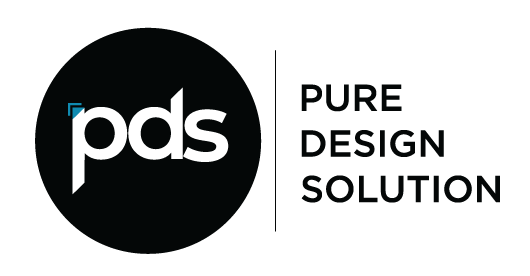“The great myth of our times is that technology is communication.” These words by American composer Libby Larsen are spot on. Whatsapp, Facebook, SMS, Twitter, LinkedIn, Pinterest, Snapchat, Blogs, email – communication has become a commodity thanks to technology so much so that people think just being on all these platforms is in and of itself sufficient. But, communication is an art and like all great art it requires craft and finessing. With so many means of communication thanks to our ever changing technology, everyone is bombarded with messages from so many sources, including your clients. The last thing you want your client base to feel is that your communication is meaningless. That is why we’ve put together a few pointers to help you write emails that are less likely to make it to the trash box instantly.
1. Engaging Subject Line – No one wants to receive what feels like spam. Many consumers delete emails without even opening them. That is why it is important to grab the attention of your clients immediately with an attention-grabbing subject line that generates interest. Use language that contains a verb so there is an action involved; Verbs such as “take,” “download,” “reserve,” “ask,” and “buy,” are all good examples of actionable language. Keep the value of the end-user in mind when putting together content – it should be clear what they can do with the information in the email you are sending, if they decide to open it. If you can succeed in getting them to open the email, half the battle is already won. Make sure your subject line is catchy and clear.
2. Get Personal – Once you have managed to get your customers to open your email, it is important to maintain their interest, and prevent them from unsubscribing from all future messages. Personalize your emails to build a more direct relationship.
“A survey by Direct Marketing Association indicates that 36% of revenue was driven by emails sent to specific target selections, and another research study indicates that segmented emails result in 50% more click-throughs than non-segmented emails.”
In other words, go niche and nitty-gritty. The more segmented your email lists are, the easier it is to personalize both the subject line and content of your emails.
3. Walk a Mile In Their Shoes – Make sure you keep your reader in mind when writing an email. You should be aware of who your audience is, why they should read your email, and what action you want them to take after reading your message. You should know who you are and what you are offering and how it is in-line with the needs of your audience. Having this clarity will help in drafting copy that is clear and interesting, and, most importantly, RELEVANT!
4. Remain Reader-Friendly – People have very short attention spans. Make sure your email is easy to read and follow. Keep your email strong, simple and concise. Your email should be written in a manner that is linear, scan-able, straight-forward, and compelling. Write your emails as if you are speaking with a friend – don’t use a very formal tone, or difficult words. Proofread and punctuate properly – don’t overdo exclamation points. Write in second person, using “you,” “your,” “yours” more than “we.”
5. Linear Approach – In order to connect with your audience, they should feel the email copy is relevant to them and in-line with the subject line. Connect with your audience by telling them why they have been emailed, the benefits rather than the features of what you are offering, and what action step you want them to take. Get to the point quickly, without being too pushy.
6. Action, action, action! – Having a high percentage of opened emails really doesn’t do much if readers don’t take any action; click-throughs are important. Tell your readers what the call-to-action is, and have an action button such as a “like” button, “view deal,” or “download” icon that is easy to identify. Try incorporating a sense of urgency, too, to further boost action-rate. For example, instead of offering a discount to anyone who clicks on an action-button, try indicating a sense of urgency by perhaps indicating only the first 50 to click on the button are eligible. People are more likely to take action if they feel the clock is ticking.
Email marketing can be very tricky, as you have probably gauged by all our tips. Reaching out and communicating to your audience so they take an action step can be tricky because you don’t want them to feel spammed. Comment below to let us know what has been the biggest hurdle you have faced with email marketing, and if any of these tips has helped you out.

